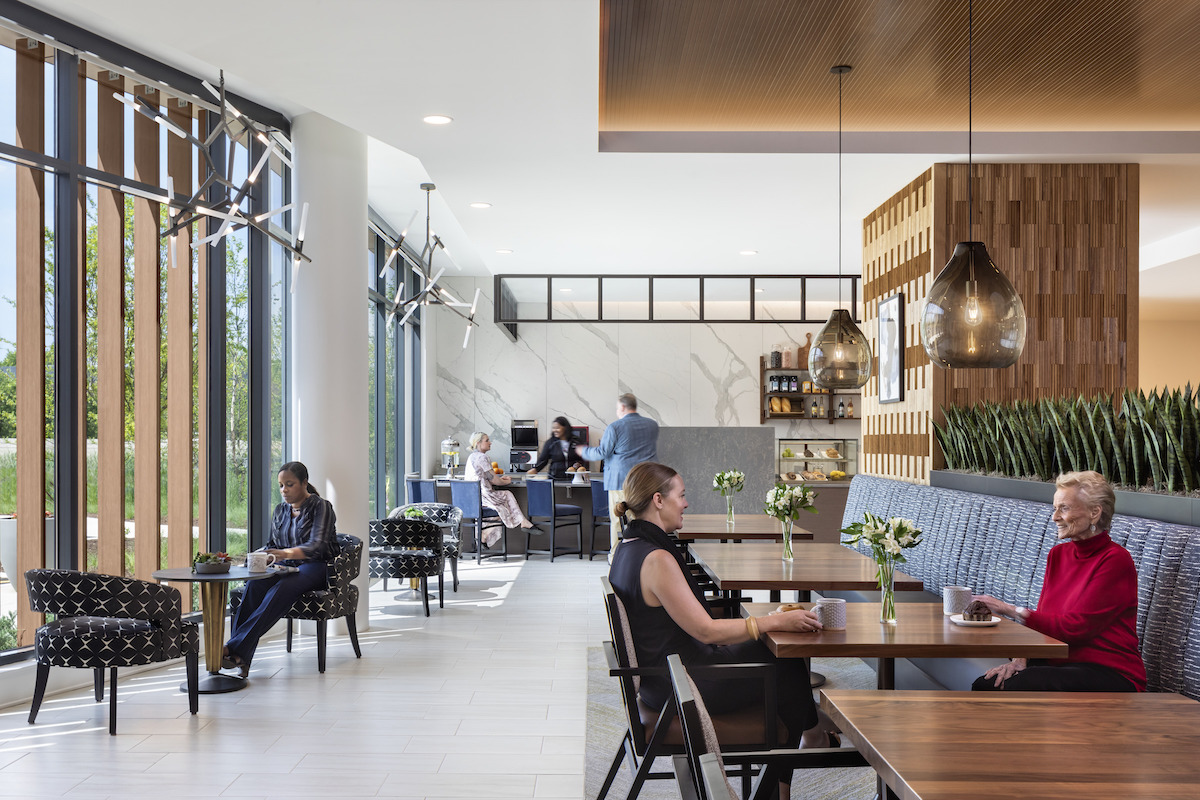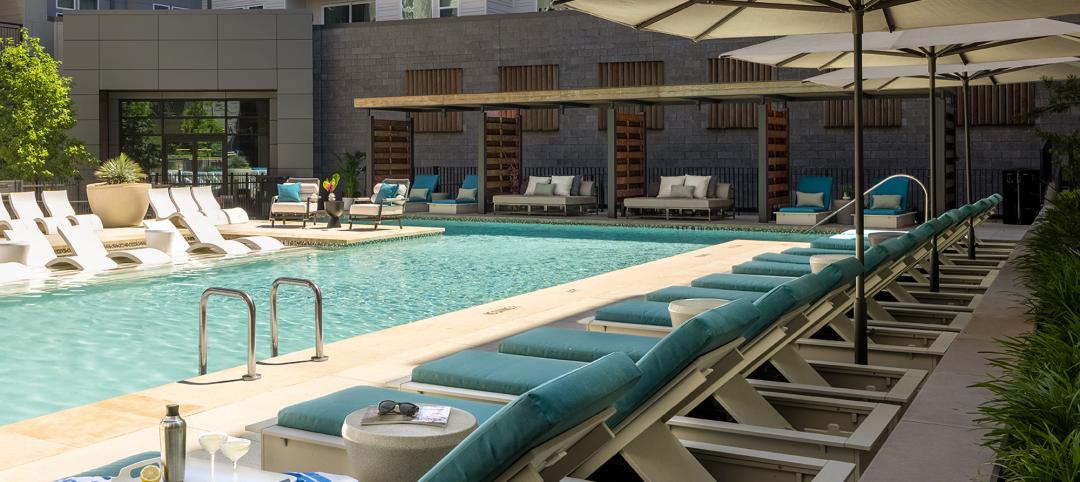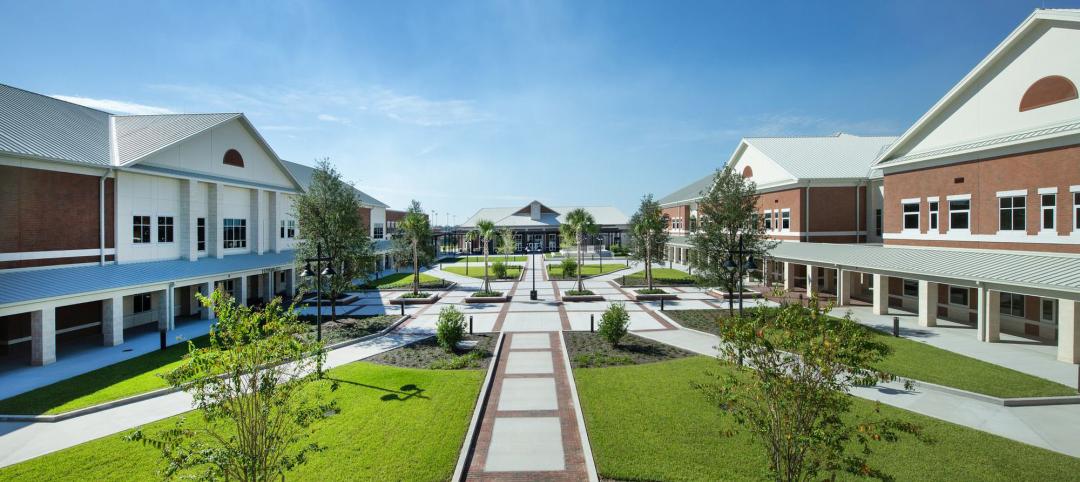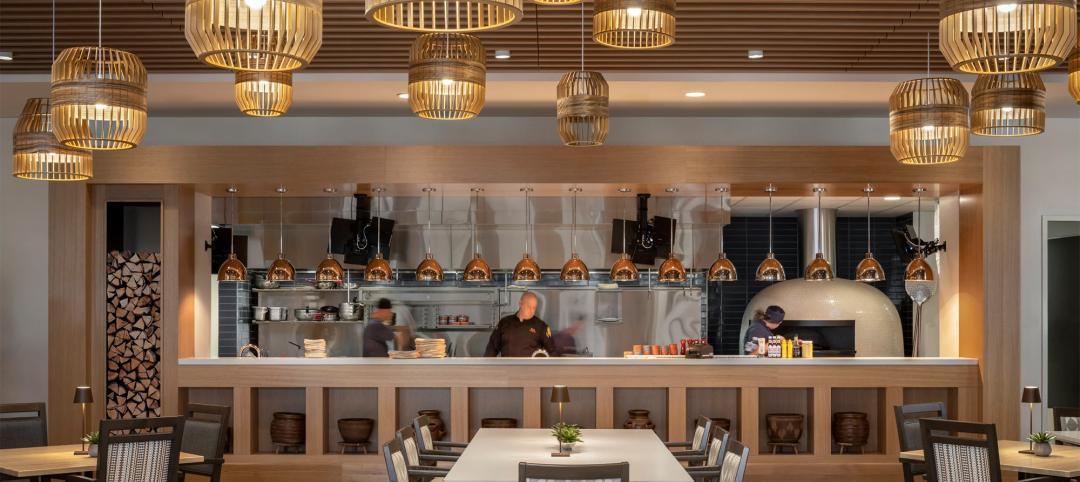In a previous article, I laid out seven lessons that I’ve learned from more than 40 years of planning and designing senior living environments in the U.S. and around the world.
Looking to the current market situation, here are nine trends that I believe are already impacting, and will continue to impact, the planning and design of senior living communities.
1. Understanding the care, needs, and preferences of aging seniors is only part of the answer.
It’s important, but it’s not enough.
For developers and operators of senior living communities, the upper-income part of the market has the most potential for financial success but also the most options. Developers of successful senior living communities must give these potential residents tangible reasons to choose their developments. Simply building something that is well-located and staffed with skilled care givers and labeling it “luxury senior living” won’t do the trick. Other key features and services—an attractive physical environment, quality food and beverage options, interesting activities, responsive housekeeping, a friendly, service-oriented staff, etc.—are essential complements to the care services.
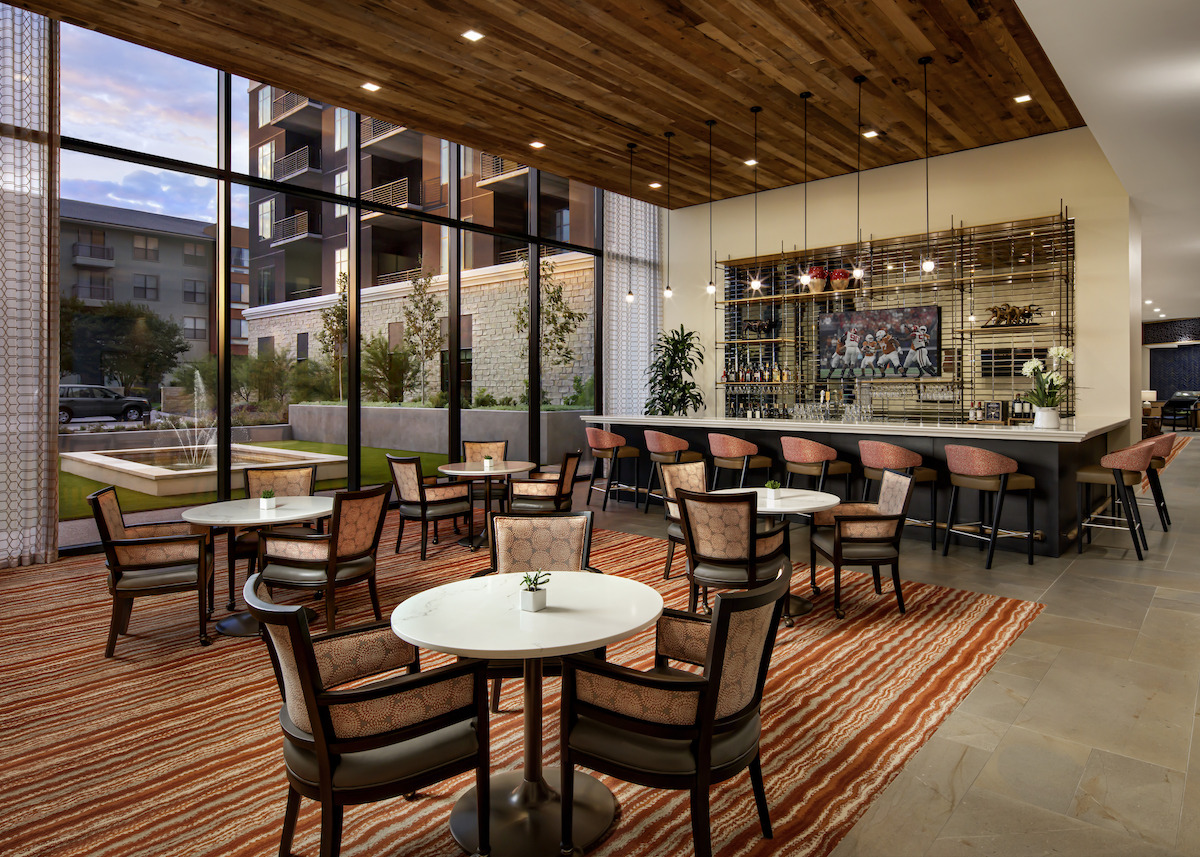
Nevertheless, in my four decades of experience, I’ve found that responsive and caring management and staff will win over great physical facilities every time.
2. The real money in senior living is made in operations and building a valuable brand.
In some cases, there is money to be made in senior living real estate, particularly for projects in for-sale markets. But even for-sale projects often depend on a strong brand and the promise of excellent services. In the U.S. and many global markets, a big chunk of the market is rental or entrance fee, and in these cases long-term financial success is heavily dependent on building and maintaining a quality reputation and brand. Thus, in most markets long-term financial success depends on well-run marketing and operations more than the real estate.
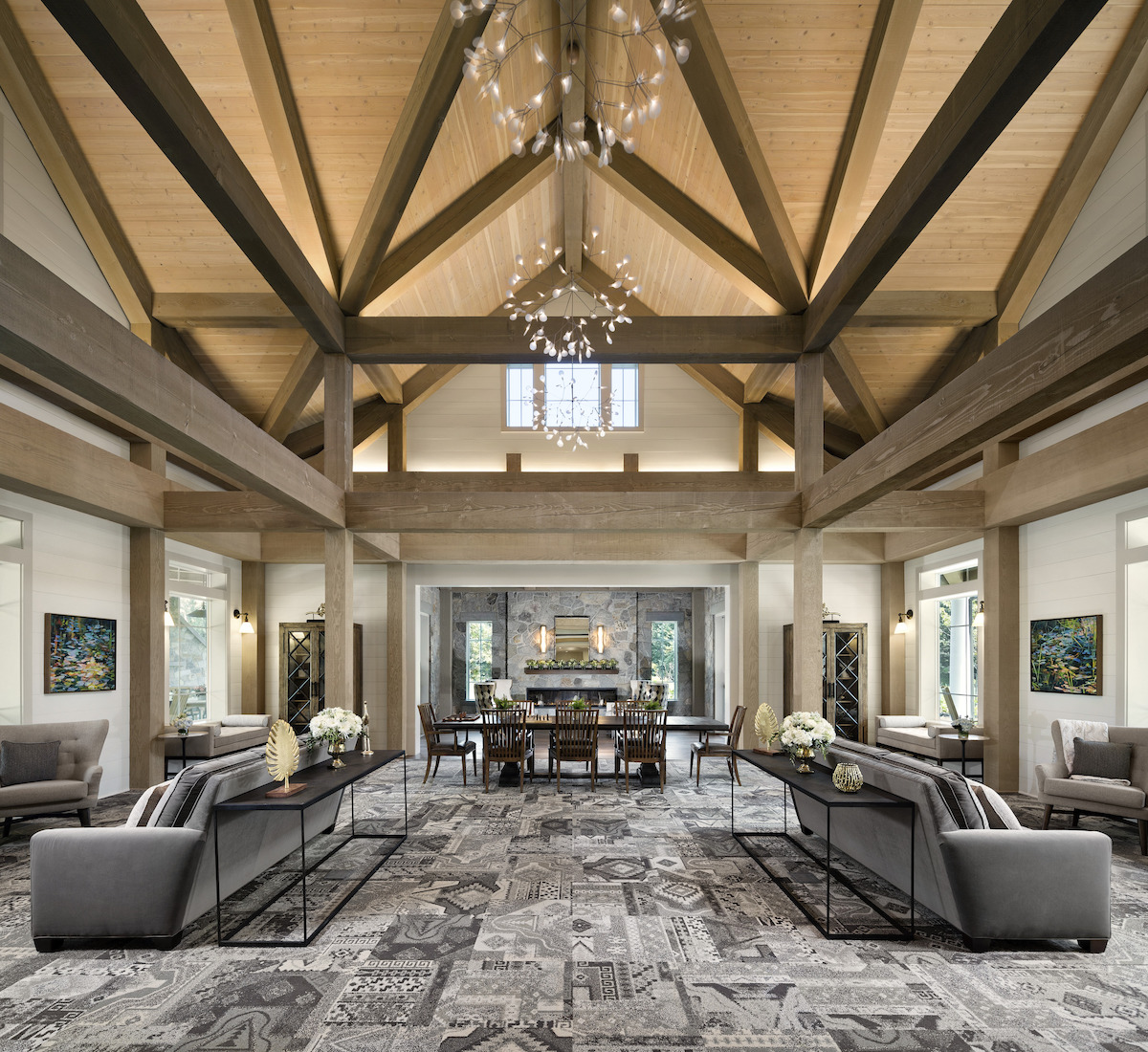
3. There are five core ingredients for success in senior living projects.
The success of any senior living and care environments depends upon a combination of:
Strong management
Effective marketing
Excellent services
High-quality operations
Attractive, well-designed physical environment
Just calling it “luxury senior living” is not enough, particularly in a new or immature international senior living market.
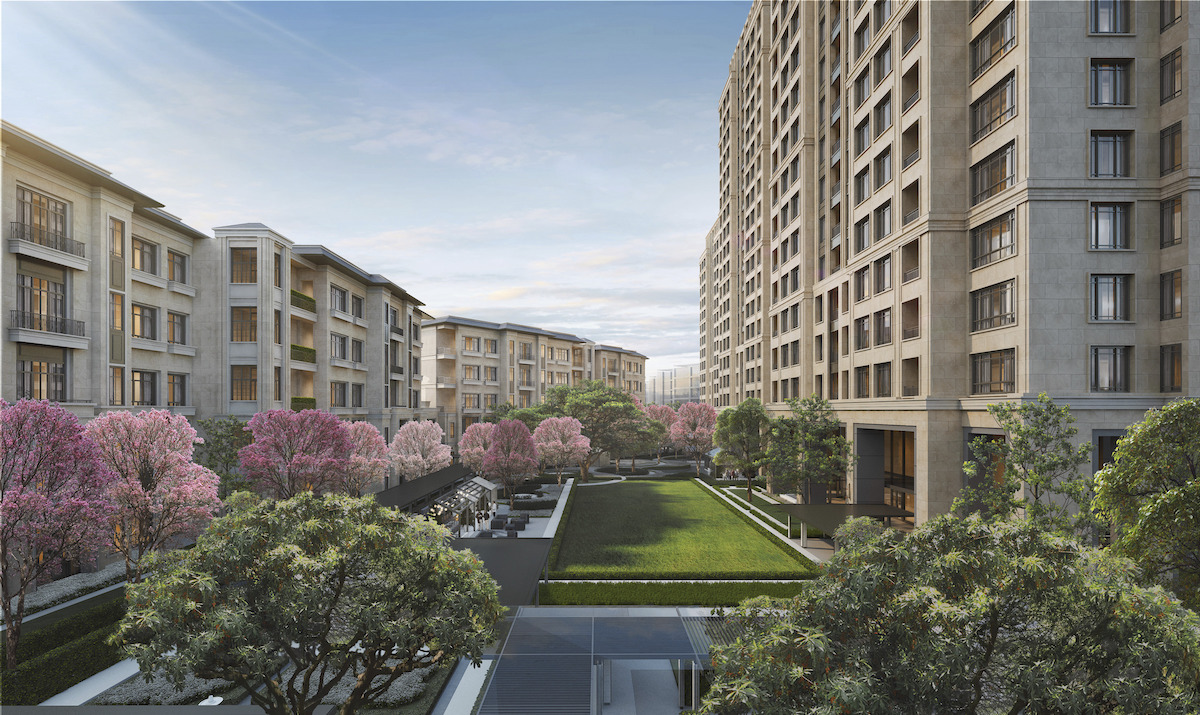
Last year, I visited a large senior living and care project in Southeast Asia that we had designed for a leading Thai developer. Our project was part of a massive, high-quality, mixed-use development that had been planned and designed by Foster + Partners, but the owners were having trouble finding the right marketing message for the senior living portion of this community.
Upon review, we deemed it necessary to take the marketing team on a tour of successful communities where they could meet residents and hear why they chose to move into senior living. This was immensely helpful in creating the appropriate message and brand for this community.
4. You must cater to the specific needs of each senior living market.
There are good existing physical and operating models for each of the different housing and care environments for the most typical needs of an aging population. These successful models, however, are just a starting point when developing a new project. All new senior living and care projects must be adapted, refined, and sized appropriately to respond to each specific senior community’s needs and preferences.
In the early years of senior living development in China, for example, developers were inspired by the market demand and by the government’s encouragement to build huge projects on cheap land in remote locations. Unfortunately, these communities were too distant from the potential residents’ families. The lack of market research, minimal understanding of senior living and care operations, and low quality led to some spectacular failures.

Over the years the Chinese market has become more sophisticated, but it has a long way to go. Unfortunately, there are also North American examples of this problem. It is critical to study successful communities and be prepared to adapt your project to the needs of the respective market.
5. Standardized responses usually do not work
The senior population is diverse, which is why market research to understand the needs of each specific market is essential. Most potential residents—often with input from family advisers or children—are looking for an appealing place to live the last chapter of their lives. What is appealing in one community, however, may not work in the next.
RELATED: 7 lessons learned from 40+ years planning and designing senior living environments
One leading hotel company learned that lesson the hard way. Based on its success with its business traveler model, this well-known hotelier, one of the most sophisticated and best-managed hospitality companies, tried to apply the same standardized design model to senior living. The hotelier applied the business traveler model to a senior living prototype and began building them in communities across the U.S., with little consideration of whether the property was in New Jersey or Florida.
After opening more than 125 of these properties, they realized that a one-size-fits-all approach may be fine for the business traveler but not for a diverse senior population looking for a home in their later years. They sold off the entire inventory and took a significant write-off.

6. Hospitality services will only get you so far.
Providing quality hospitality services is important in the development and operations of a successful senior living community, but assuming a hotel model for design and operations of a senior facility is a mistake. An aged adult population is looking for more than typical hotel services.
Another well-respected hotelier learned that a senior living facility is not just a residential hotel for older adults when they launched their senior-focused luxury residence product. One of their first facilities was in New Jersey just across the George Washington Bridge from New York City. The company built what looked like a very nice residential hotel that quickly filled with relatively healthy people in their 70s and early 80s. At the time, these people were ambulatory and able to take care of their own bathing and dressing, get to dining on their own, and enjoy the quality hospitality services that the company offered.
Fast forward 10 years: many of the first residents were in their 80s or early 90s and no longer able to deal with some activities of daily living without assistance. More and more of them had to have aides living in with them, and the entire character of the facility changed.

In an earlier project in Chicago, this hotelier also learned other lessons that impacted the cost of their operations. In their hotels a Hyatt housekeeper is supposed to be invisible and clean 12-14 rooms in a shift. In a senior facility, the housekeepers are part of the care staff and are supposed to engage the residents, see how they are doing, help with resident requests while they are cleaning the room and making the bed, and report resident status and problems. In a senior facility, a housekeeper might do only four rooms in a shift.
This well-run company adapted their model and rebranded. Some of the newer campuses are now exemplary models of successful senior living. The lesson here is that in senior living and care, staff with hospitality experience are part of the solution but not the whole solution.
7. National and most local markets have important differences that must be addressed.
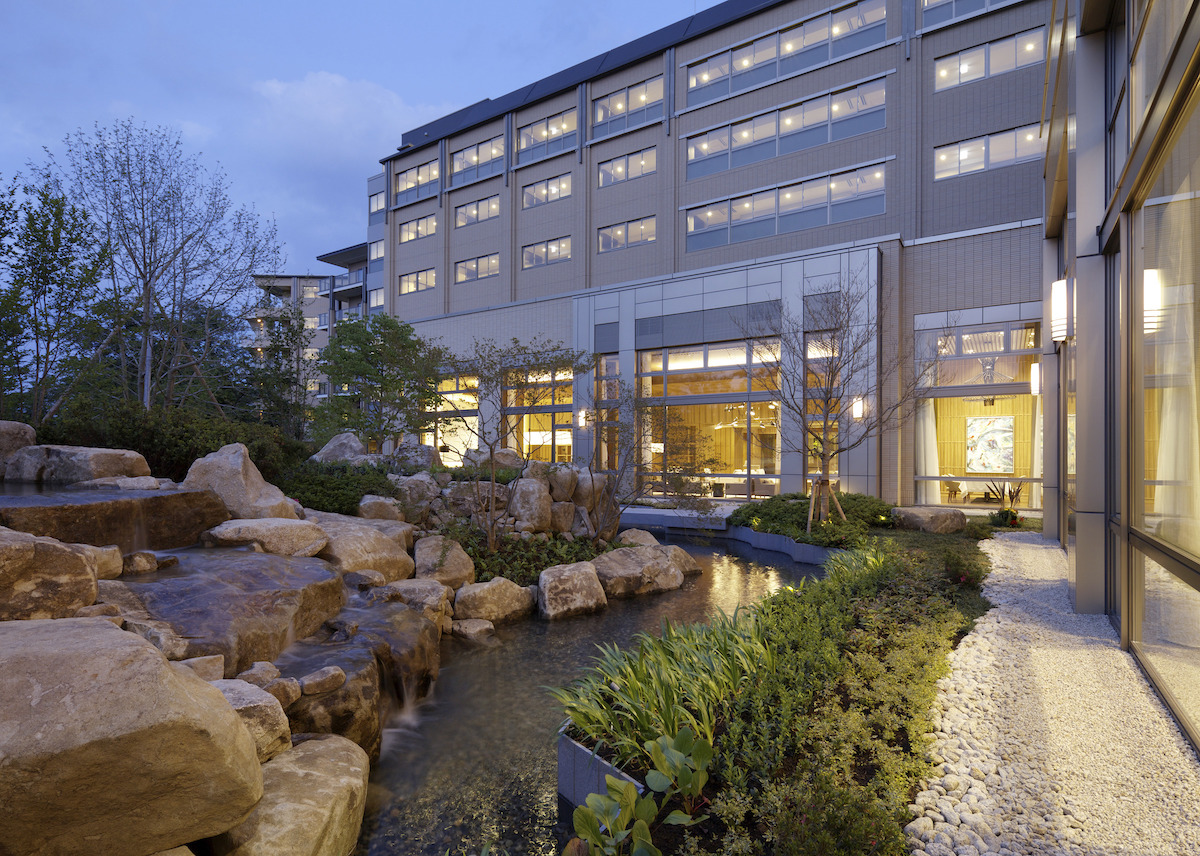
There is a steep learning curve in adapting these lessons to individual foreign markets, every one of which has unique aspects, especially in emerging senior living markets.
The Japanese market prefers luxurious public spaces, but residents are used to very small units. Seniors at the same economic level in India expect a much larger unit with space for live-in help.
In the U.S. and some other developed countries, older seniors prefer to rent, while in many other countries the strong preference is to own. This can complicate operations as units pass down to the children of the original buyers.
In one of our current projects in Bangalore, India, families are buying a unit for their parents and one for themselves due to the strong preference for intergenerational living—thus complicating the operations of what was planned as a seniors-only building.
The first generation of senior living residents in China grew up in very hard times and had minimal requirements for space or amenities, but the more recent residents lived in some of the prosperous years and have come to expect far more. It’s much the same in the U.S., where the seniors who grew up in the Great Depression and World War II had minimal expectations, while their children, now entering retirement, expect a continuation or even an enhancement of their preretirement lifestyle.
8. New concepts for senior living communities are being tested.
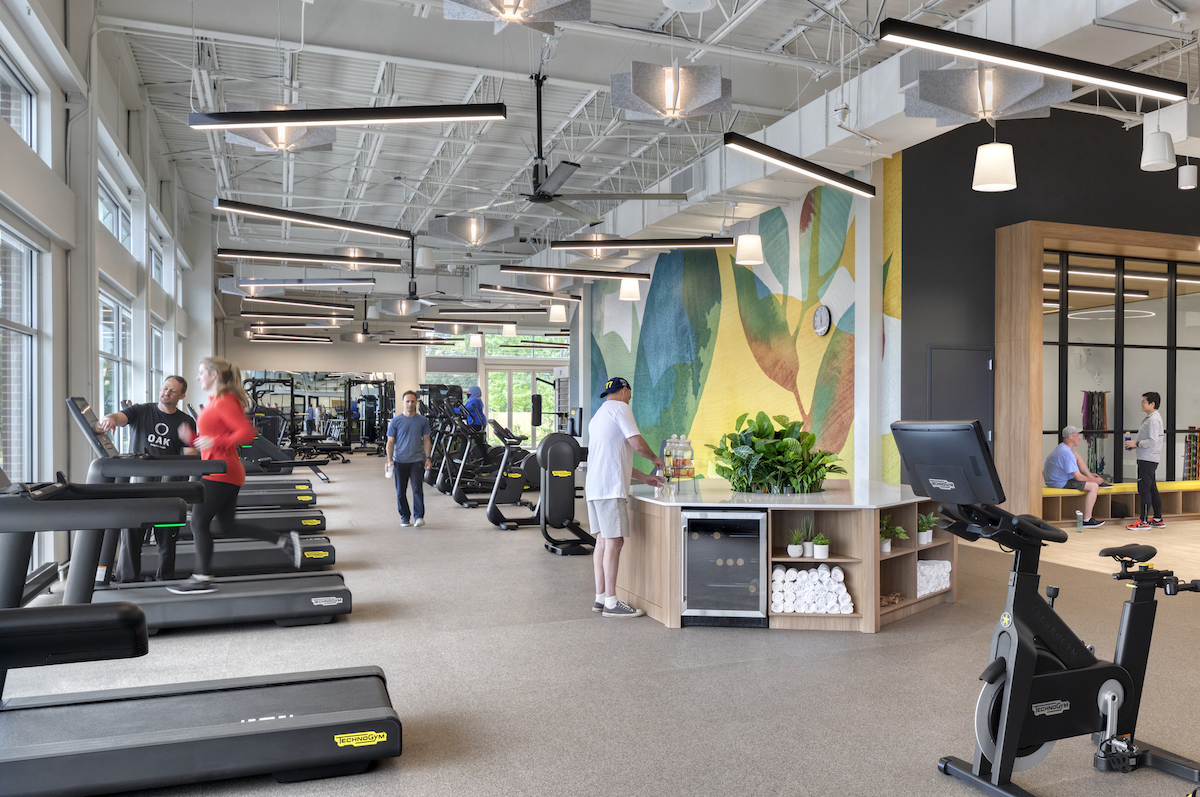
There are many current trends in senior living and care. These obviously vary by market, but some of the major U.S. trends are probably relevant to many markets:
Many seniors are looking for communities that match their preferred retirement lifestyle. Some luxury hotel brands—notably St. Regis and Ritz Carlton—are offering condominiums with hotel services. Their target buyers are typically older empty nesters looking for homes that come with high-quality, hotel-like services.
Communities are now far less homogeneous and often more about lifestyle than about religious affiliation or ethnic background, as was the case in past decades.
Some new communities do, however, cater to groups that prefer to live among those who share their background, interests, and preferences for such key services as dining. One of our clients is successfully developing and operating communities for the large Indian and South Asian communities in the U.S.
There is an increasing interest in healthy living, especially fitness, healthy dining, and other programs that help maintain active independence.
Many seniors want to stay intellectually engaged and are looking for lifelong learning. Some of our more successful projects have been affiliated with colleges, where residents can attend classes and campus events.
Most communities are becoming more and more informal. Long gone is the formal dining room. Now, casual dining options—cafés, breakfast bars, etc.—are expected.
The labor pool of caregivers is declining in the U.S. and many other countries. At the same time the number of seniors needing their help is rapidly expanding. This will place labor cost pressure on many communities in the future and likely stimulate technology that reduces hands-on labor.
Some new senior living communities are being sited next to established retail centers and shopping malls, which can provide alternative food service, fitness options, and entertainment possibilities.
“Senior Living Lite” communities are popping up, where the amenities and services are kept to a minimum so as to keep rents and monthly charges more affordable.
The demand for intergenerational communities is gaining momentum. Our firm is in the early phases of planning and designing several such communities for innovative clients.
9. The senior living sector is changing faster than ever.
To stay successful, senior living communities need to keep a close eye on trends and market expectations. A community that does not track and respond to these changes will eventually tarnish its brand and go into decline. The hospitality industry had to learn this lesson the hard way decades ago, and it applies equally to senior living and care today. At the very least, a regular refresh is required, and in most cases the refresh should be combined with service and amenity changes or upgrades.
Given the demographic trends in the U.S. and many other countries, providing housing and care for this rapidly growing segment of the market will be both an increasingly major challenge and a potentially profitable opportunity.
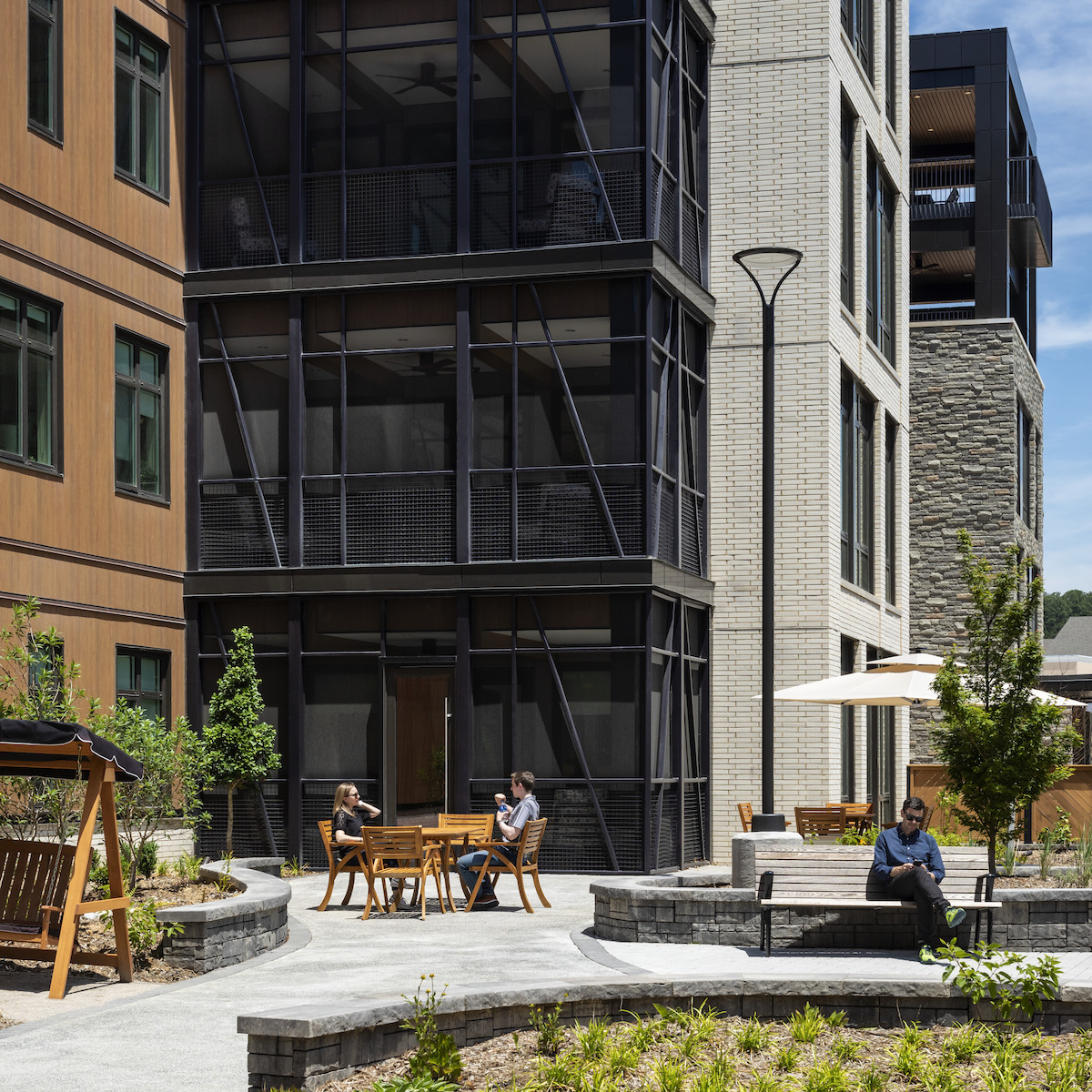
ABOUT THE AUTHOR
Brad Perkins FAIA, Co-founder and Chairman of Perkins Eastman, a global architecture, interior design, planning, and strategic consulting firm based in New York, has focused on people-focused projects throughout his 50-year career. He has been Principal in Charge of major healthcare facilities, senior living communities, large-scale mixed-use developments, education and research campuses, and even master plans for new cities.
Author of nine textbooks and over 100 articles about architecture and design, Perkins has also taught at several universities, including Cornell. He also holds a BArch from Cornell and CCNY and an MBA from Stanford University.
Related Stories
MFPRO+ News | Oct 22, 2024
Project financing tempers robust demand for multifamily housing
AEC Giants with multifamily practices report that the sector has been struggling over the past year, despite the high demand for housing, especially affordable products.
Resiliency | Sep 3, 2024
Phius introduces retrofit standard for more resilient buildings
Phius recently released, REVIVE 2024, a retrofit standard for more resilient buildings. The standard focuses on resilience against grid outages by ensuring structures remain habitable for at least a week during extreme weather events.
Adaptive Reuse | Aug 22, 2024
6 key fire and life safety considerations for office-to-residential conversions
Office-to-residential conversions may be fraught with fire and life safety challenges, from egress requirements to fire protection system gaps. Here are six important considerations to consider.
Senior Living Design | Jul 23, 2024
The growing importance of cultural representation in senior living communities
Perkins Eastman architect Mwanzaa Brown reflects on the ties between architecture, interior design, and the history and heritage of a senior living community’s population.
Vertical Transportation | Jul 12, 2024
Elevator regulations responsible for some of ballooning multifamily costs
Codes and regulations for elevators in the United States are a key factor in inflating costs of multifamily development, argues a guest columnist in the New York Times.
MFPRO+ New Projects | Jul 10, 2024
3 noteworthy multifamily projects for July 2024
These three multifamily projects on our radar include an artist-inspired complex, seven-acres of senior housing, and a budget-conscious rental community.
Student Housing | Jul 1, 2024
Two-tower luxury senior living community features wellness and biophilic elements
A new, two-building, 27-story senior living community in Tysons, Va., emphasizes wellness and biophilic design elements. The Mather, a luxury community for adults aged 62 and older, is situated on a small site surrounded by high-rises.
Senior Living Design | Jun 28, 2024
The country’s largest retirement community expands with educational facilities
The project will include a high school, a K-8 school, and an Early Learning Center aimed at serving the children of residents who work in qualified businesses within The Villages.
Senior Living Design | Jun 24, 2024
Not your grandparents’ senior living community: Redefining aging in place
Perkins Eastman’s Senior Living and Residential teams are putting a new face on home for seniors who don’t want to move away in retirement.
Senior Living Design | Jun 13, 2024
Crystal Pacific Windows bring sunshine to senior living community
Crystal Pacific Window & Door Systems, the West Coast production affiliate of national manufacturer Crystal Window & Door Systems, recently supplied over 400 energy efficient vinyl windows for a new affordable housing community in San Diego, Calif.



